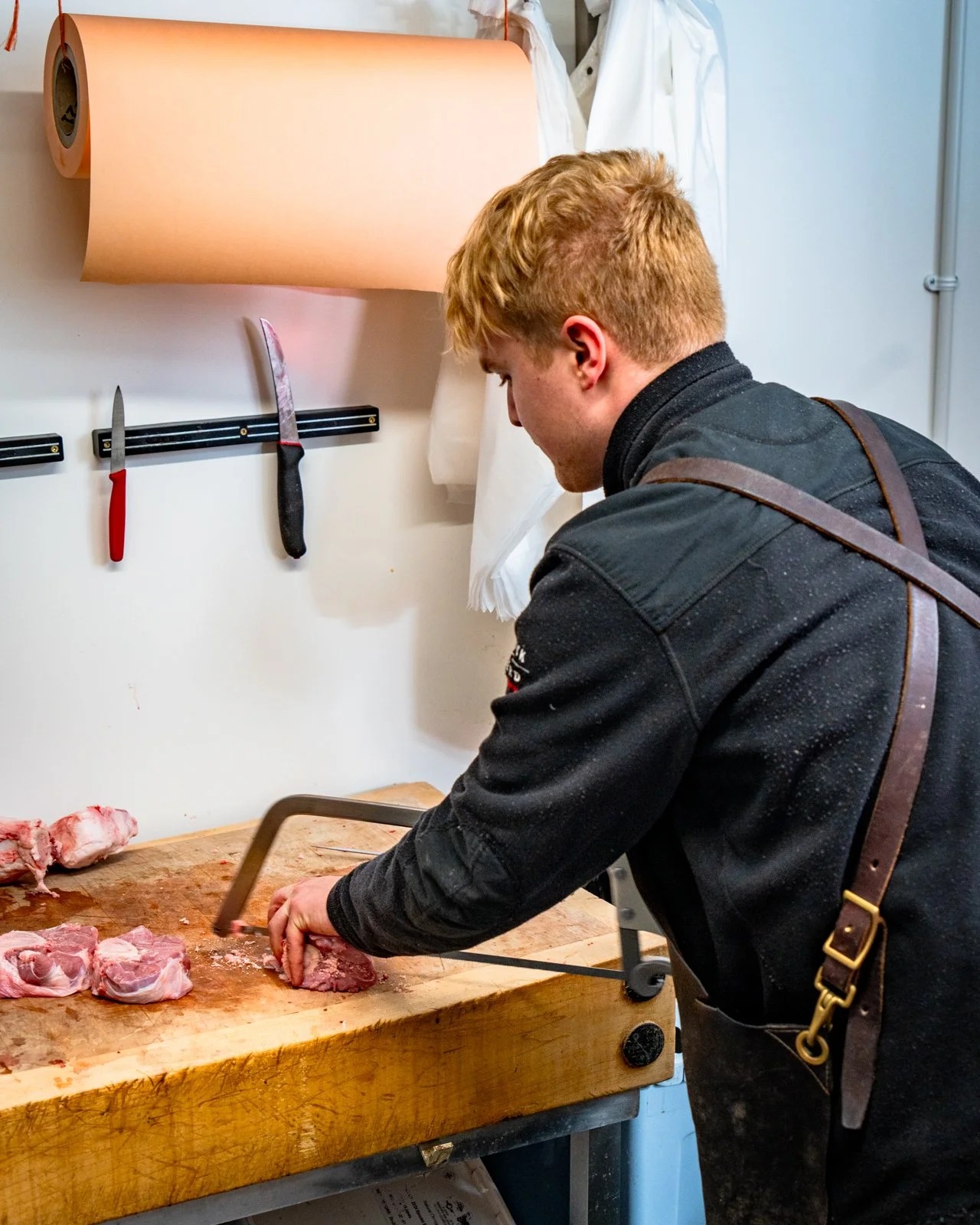
What Are the Benefits of Herd Butchery for Meat Quality?
Herd butchery, the practice of slaughtering multiple animals from a single herd in a coordinated manner, offers several significant benefits for meat quality that are appreciated by producers, processors, and consumers alike. This method contrasts with individual or sporadic animal processing and can lead to improvements in consistency, freshness, traceability, and overall product value.
One of the primary advantages of herd butchery is enhanced consistency in meat quality. When animals from the same herd are processed together, they tend to have similar genetics, diets, and living conditions. These factors contribute to uniformity in muscle composition, fat distribution, and maturity levels among the carcasses. Such homogeneity simplifies grading processes and allows producers to market their products with predictable characteristics regarding tenderness, flavor profile, marbling patterns, and color. Consistency is particularly important for commercial buyers who rely on steady supply chains that meet specific standards.
Freshness is another critical benefit associated with HERD butchery. Coordinated slaughtering enables better scheduling and reduces delays between harvesting animals and delivering fresh meat to markets or retailers. Since all animals are processed within a short timeframe under controlled conditions-often close to where they were raised-the time elapsed before chilling or freezing is minimized. This rapid transition preserves natural enzymes crucial for tenderization while inhibiting spoilage bacteria growth. Consequently, consumers receive fresher cuts that exhibit superior taste and texture compared to meats subjected to prolonged storage or transport.
Traceability also improves through herd butchery practices. By processing an entire group simultaneously at one facility or location linked directly back to the farm of origin, it becomes easier to track each piece of meat through every stage-from live animal health records through slaughtering methods up until packaging details. Enhanced traceability not only increases food safety by enabling swift responses during recalls but also reassures consumers about ethical sourcing practices such as humane treatment of livestock or organic certification adherence.
Moreover, economies of scale achieved via herd butchery often translate into cost efficiencies without sacrificing quality standards. Processing multiple animals together streamlines labor requirements while optimizing equipment utilization like cutting tables and refrigeration units within abattoirs or butcher shops. Savings generated can be reinvested into maintaining high hygiene protocols essential for preventing contamination risks that degrade meat quality post-slaughter.
In summary, herd butchery positively impacts meat quality by fostering uniformity across carcasses originating from shared environmental backgrounds; ensuring rapid processing schedules conducive toward freshness retention; strengthening traceability frameworks vital for consumer confidence; as well as promoting operational efficiencies supporting stringent sanitation measures-all culminating in superior end products enjoyed by discerning customers worldwide.